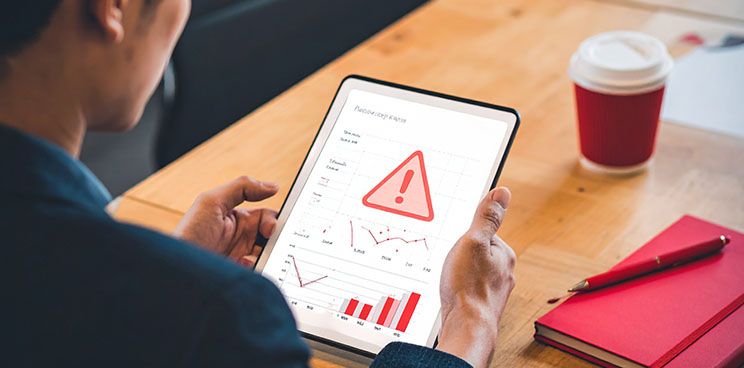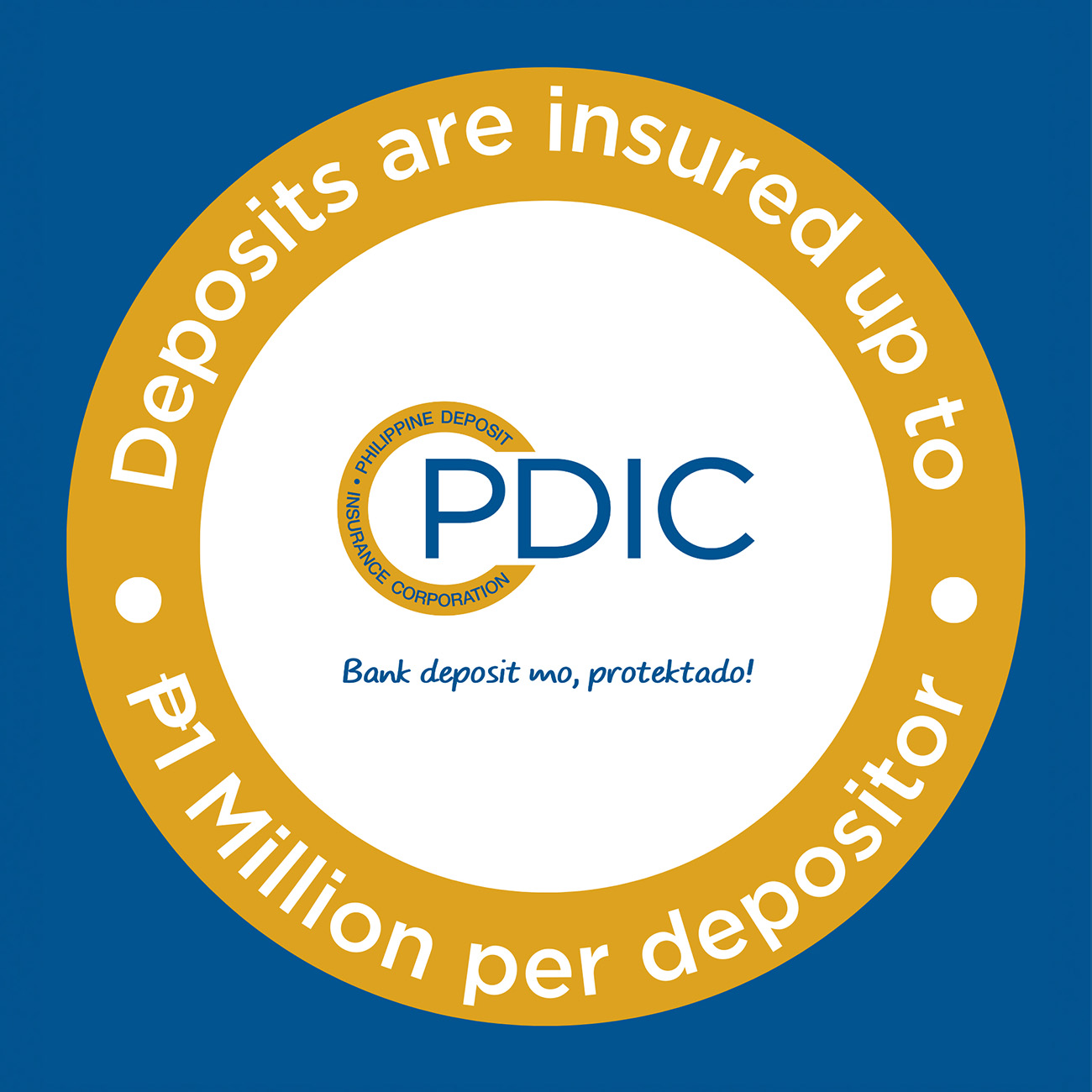You’ve worked hard, saved some money, and now you’re ready to make it grow. The next question is: where should it go?
Keeping it in a savings account won’t be enough to reach long-term goals, but putting everything into one investment can feel risky. That’s why investment and portfolio management matter. It helps grow your wealth with purpose.
Let’s break down what an investment portfolio is and the practical steps you can take to build your financial future.
What is an Investment Portfolio?
An investment portfolio is a collection of all financial assets you own, including stocks, bonds, real estate, and mutual funds.
The primary goal of an investment portfolio is to generate profit and build wealth over time, while managing and diversifying risk to align with your financial goals and tolerance for risk. Managing your investment portfolio is essential because it helps you:
- Protect your wealth from market downturns
- Grow your money steadily over the long term
- Align investments with your financial goals
- Reduce risks through diversification
Investment portfolio management can seem complicated, but it’s a straightforward process when you know the key steps. Let us guide you on everything you need to know.
Step 1: Set Your Financial Goals
Your portfolio should match your personal goals. These can include retirement, education, travel, or long-term wealth building. Having clear goals will shape your choices and help you decide how much risk to take.
Short-term goals usually need safer, liquid investments, while long-term goals allow more growth-oriented options.
Step 2: Know Your Risk Tolerance
Risk tolerance is how comfortable you are with changes in your investments’ value. Some investors can handle big market swings while others prefer steady and stable growth.
Your age, income, and responsibilities shape your risk profile. Younger investors may lean toward growth strategies, but for those nearing retirement, they usually prefer safer investments. Consult your bank relationship manager or a financial advisor to guide you on how to create investment portfolio strategies that work for you.
Step 3: Diversify Your Investments
Diversification means spreading your money across different assets, which reduces the risk of losing too much if one investment performs poorly. A balanced mix often includes stocks, bonds, and other instruments.
When thinking about how to make an investment portfolio, avoid concentrating everything in one industry or market. You can explore other investment funds that allow access to a variety of assets.
Step 4: Decide on Your Asset Mix
Asset allocation is the core of investment portfolio management. Your asset mix is how much of your portfolio you place in each type of investment.
A well-designed portfolio is a balance of short-term and long-term investments. But the right mix will still depend on your goals and timeline. Over time, you can adjust this as your priorities change.
Step 5: Start Small and Build Consistently
Learning how to build an investment portfolio takes patience and practice. Starting small also gives you experience without too much pressure.
Even small, regular contributions can grow into a strong foundation. Consistency is more important than the size of your first investment.
Step 6: Monitor and Rebalance
As markets move, some investments may grow faster than others. This shifts your portfolio away from your original plan. Rebalancing means adjusting it back to your target allocation.
For example, if stocks grow too much, you may sell some and add more bonds. It keeps your risk in line with your goals.
Step 7: Track Performance
Review your portfolio’s performance regularly. Look beyond short-term gains or losses and focus instead on steady progress over the long run. You may need to adjust your goals or reallocate assets.
Step 8: Review and Improve Continuously
Markets respond to changes in the economy, interest rates, and world events. Reviewing it and staying informed helps you adapt without reacting too quickly.
Be cautious, too, of chasing trends based on short-term news. Instead, focus on long-term strategy, as improvement can mean reducing risk or maintaining consistency with what already works.
Step 9: Seek Professional Guidance
A licensed financial advisor can be a valuable partner, as they can help you create a comprehensive strategy that aligns with your goals and risk tolerance. Their professional guidance can make the entire process of managing your portfolio far more effective and less stressful.
Step 10: Explore Local Opportunities
You don’t need to look only at global markets. Several investments in the Philippines also offer accessible and regulated opportunities.
Trusted institutions such as banks provide investment platforms where you can start small and access a wide range of funds tailored to different goals. Investing locally also gives you a sense of security that you’re growing your wealth in familiar markets backed by reliable financial systems.
An investment portfolio is more than a list of assets. It is your strategy for protecting wealth and preparing for the future. By setting financial goals and diversifying investments, you establish a solid foundation for growth.
The true value of investing is peace of mind that comes with knowing your future is secure. By embracing the importance of investment, you ensure your portfolio supports both your present lifestyle and long-term plans.
Don’t wait for the “perfect time” to invest. Start building your investment portfolio today.








